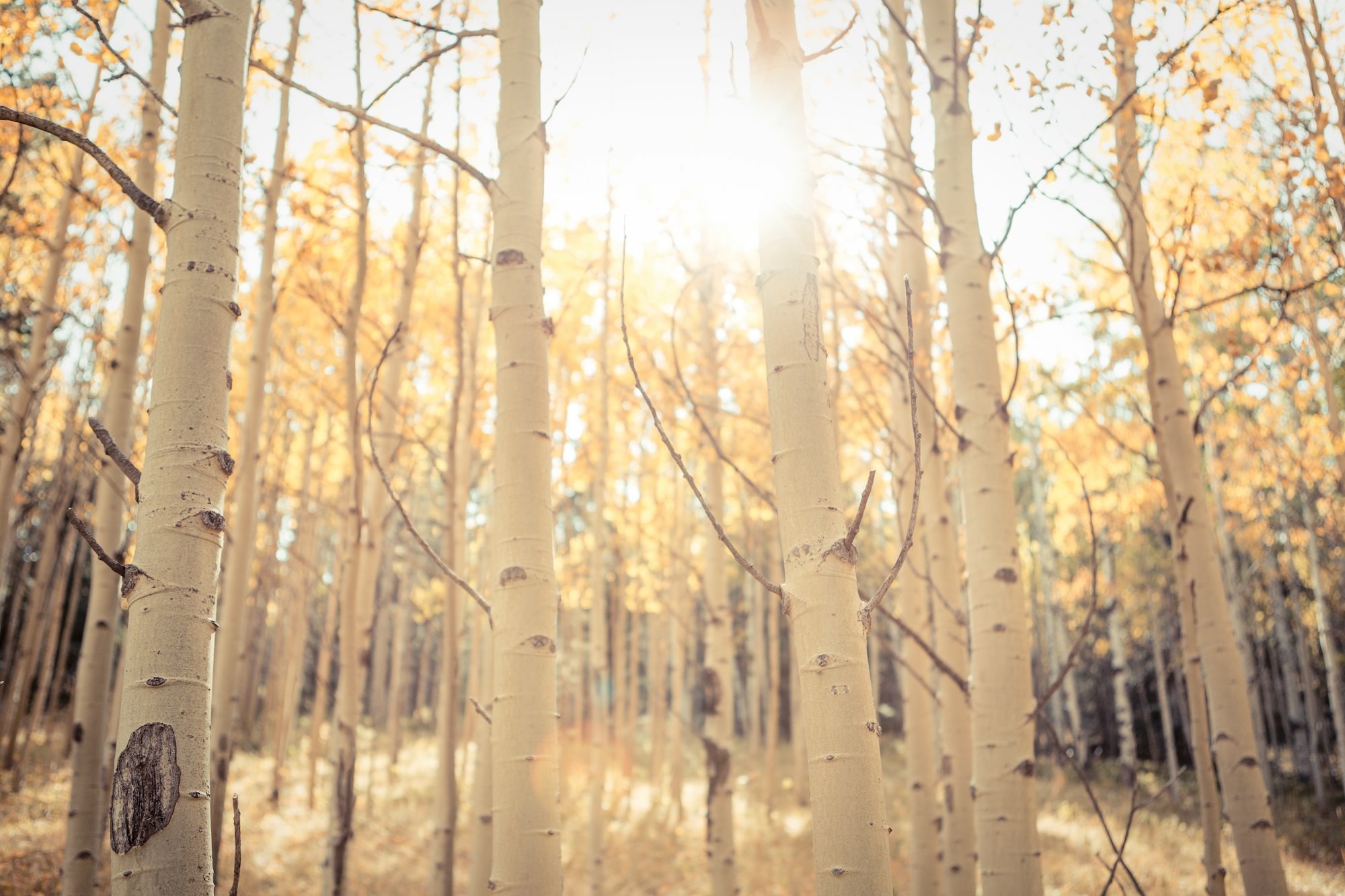Jane Kenyon, "Otherwise"
In "Otherwise," Jane Kenyon deals with the unimaginable with every step.

I found this lying around in the archives for my old blog. I edited it a little bit but am still not sure if the last three paragraphs work. I feel like they do, despite my repetition. It's like Kenyon's poem is reaching beyond itself, and I think my style captured a bit of that spirit.
In "Otherwise," Jane Kenyon deals with the unimaginable with every step: I got out of bed on two strong legs. It might have been otherwise. The unimaginable magnifies the real, frames it. Even with all the panic I feel, I didn't think twice about getting out of bed on two strong legs this morning. But Kenyon has a heightened sensitivity to what must be real, what life has to be, precisely because it will be lost:
Otherwise (from the Library of Congress) Jane Kenyon I got out of bed on two strong legs. It might have been otherwise. I ate cereal, sweet milk, ripe, flawless peach. It might have been otherwise. I took the dog uphill to the birch wood. All morning I did the work I love. At noon I lay down with my mate. It might have been otherwise. We ate dinner together at a table with silver candlesticks. It might have been otherwise. I slept in a bed in a room with paintings on the walls, and planned another day just like this day. But one day, I know, it will be otherwise.
She details her day and delights laconically, but one senses an ascent. For example, we're presented with not only strong legs for walking, but sweet milk, ripe, flawless peach. Two of her experiences in particular constitute a peak in the poem: I took the dog uphill to the birch wood and At noon I lay down with my mate. The recognition of what one might term sensitive souls (e.g. animals, dependent on sensation to engage the world) and rational ones (herself and her mate) follows her listing of cereal and peach, which one could say are products of nutritive souls. The rationality she and her mate employ has an Aristotlean character--it searches for an end to human life, asking implicitly how best to live and love. All morning I did the work I love.
Still, it might have been otherwise. Perhaps it is natural to live and love, but not everyone has the same experience, and even those with lives we consider blessed do not experience the same forever. Kenyon presents us with an image of conventionality, a social ritual firmly placed in a human, all-too-human world: We ate dinner together at a table with silver candlesticks. Something about the "peak" of existence, of being created on the 6th day, is not completely satisfactory. Again, it might have been otherwise points to the problem of temporality, of dependence on time, but I do not believe that is the only issue. The most visible problem, living in the shadow of death, serves to highlight the other ones. In this case, we can readily see another one: the necessity of love and acceptance by other human beings creates a realm unto itself.
It's a realm centered on artifice, on image-making. "Silver candlesticks," "paintings." I slept in a bed in a room with paintings on the walls, and planned another day just like this day. We build our lives to fit certain images, even when we ask hard questions. Perhaps the fundamental problem is precisely the dreamlike character of human existence. Kenyon painted a picture in which she participated in and shared the work she loved. She and her partner searched and encountered natural wonders. Temporality, again, indicates the issue—even to live and love and be loved is not enough—but is not itself the issue. The issue is more or less akin to knowing that one day it will be otherwise. That whatever that knowledge fully entails, in a key sense it is beyond us.
She finds strength and dignity in the face of uncertainty and the end of life. I cannot believe this is disconnected from the attentiveness the poem displays. Most days I can't remember what I did, let alone tried to accomplish. But "Otherwise" takes every moment and weaves them into something else. Not just a set of images, but a portal through which we can consider the work we love. There isn't a hint of neglect in what might be a model for courage.
